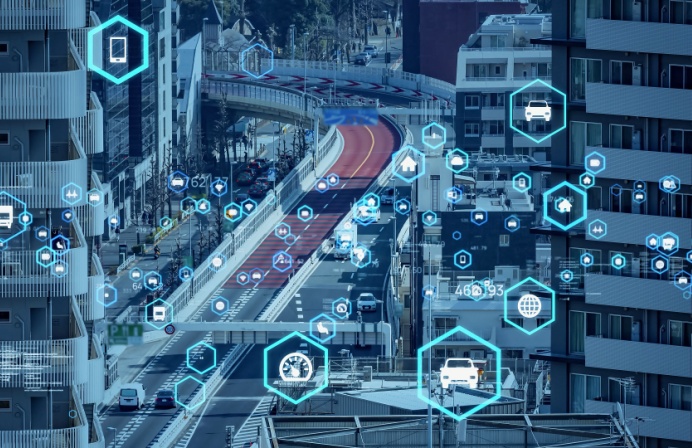
The future of transport in NSW is marked by on-demand timetables, social media and big data to manage congestion and endorse forward planning.
The NSW government has moved to scrap bus timetables with real-time data trials, and social media feeds that enable commuters to plan trips in their personal space.
Among the future planning projects, a real-time data trial has been announced by the minister for transport, Andrew Constance.
This trial, canvassed in November, underscores moves to better track how people travel, while syncing under-resourced services around supply and demand.
This real-time data trial will become fully operational in the New Year. It scraps timetables for certain bus routes and supports on-demand services.
Expressions of interest are sought from the private sector to develop technologies for the trial.
Public sector modernisation and ICT innovation also comes under the spotlight at the Annual FST Government NSW conference being held 17th May in Sydney.
Tweet feeds on the go
In other news, commuters will soon be able to receive personalised messages through Twitter. These alerts inform them of disruptions involving the suburban and intercity train lines.
An automatic alerts pilot will enable customers to choose train services they want to hear about, and when they want to receive alerts. This means users can filter out information they do not need.
A Twitter pilot is due for launch in December. This runs for three months. The peak agency, Transport for NSW, plans to work with buses, ferries, and light rail to improve mobile personal messaging.
NSW is also developing advanced analytics and artificial intelligence capabilities. This endorses smarter ways to manage road and public transport networks, while tackling congestion and delivering more personalised services.
Plans are underway to extend the functionality of the Opal card. This contactless smartcard ticketing system is being used on NSW public transport. Opal is expected to become a payment platform for other transport, including road tolls and taxis.





